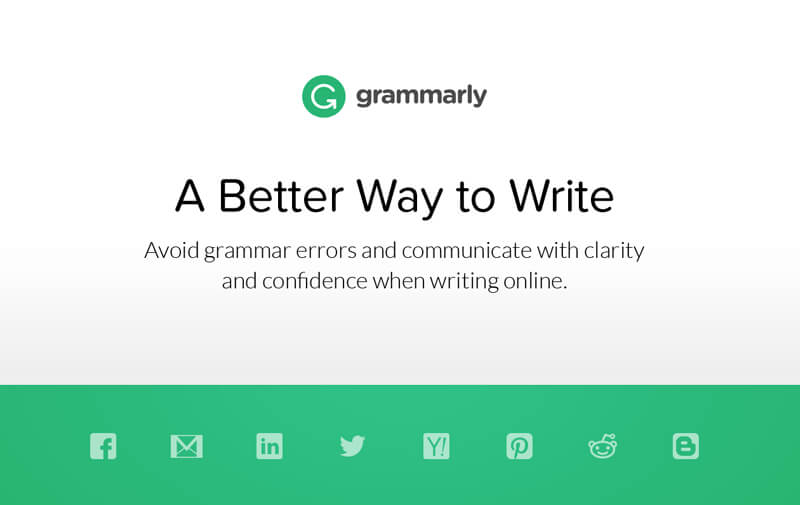There is a fierce battle raging online right now between brands and consumers, and the effects it will have on the state of marketing is difficult to understate. At the heart of this debate, many will find the past, present, and future of digital marketing, as well as the user’s advertising experience. To put it bluntly: consumers are sick and tired of traditional online ads that they label “interruptive.” One of the ways they have fought back is through ad-blocking. At least 419 million people are blocking ads on the mobile web, and global usage of ad blockers grew by a shocking 41% from 2014 to 2015.
Almost all traditional media content found online today is free and readily accessible to the reader. The most well-known and often-read publishers like Vice, Mashable, and ESPN, among others, offer largely unfettered access to their daily writings and video content. The primary source of revenue for these sites, of course, is display advertising.

Display Ads on Space.com
But here is the thing for digital marketers out there: a lot of people have a palpable distaste for online ads, in particular banners. At best, they take up space and draw the viewer’s attention away from the main content they were originally seeking. At worst, these types of ads can drastically slow down website loading speeds, cover content the visitor wants to see, and in some instances crash the page entirely.
A recent study by Accenture revealed growing concern and frustration among consumers when it comes to “disruptive” online advertising, like moving banner ads and animated graphics. Nearly 85% of survey respondents agreed that advertising interruption while watching digital content are “too frequent.” As one AdBlock user recounts:
Not long ago, I moused over to AdBlockPlus.org, clicked on a green button that said, ‘Install for Safari,’ and fewer than 10 seconds later, ads had vanished. All of them. Goodbye iPad ad that unfurled down my screen. Goodbye blinking mattress ads. Goodbye car ad following me from site to site. This immediately became Web surfing nirvana: pages loaded faster, my browser stopped randomly crashing, my whole computer ran better. The Adblocker Plus plugin even told me how many ads I’ve dodged in the last couple of months: more than 35,000 and counting.
Does this spell the end of digital advertising as we know it? Is it time to go back to billboards and promotional flyers? Do not panic just yet, there is a win-win solution for everyone involved hiding in plain sight. Digital marketer can, in fact, advertise while improving the advertising experience both for the brands and the consumers.
Improve the Advertising Experience

Take a look at this part of the consumer quote mentioned above:
This immediately became Web surfing nirvana: pages loaded faster, my browser stopped randomly crashing, my whole computer ran better.
The AdBlock user quoted here is not lamenting the existence of advertising or even the specific messaging he is being hit with from brands. The problem being highlighted is essentially advertising bloat – ads that negatively impact the viewing experience by moving pages around, slowing down page load speeds, covering up what the reader is looking at, and so on.
Consumers are not directly calling for the cessation of the entire ad industry; they just do not want ads to messed with their web browsing experience.
The notion of meeting customer needs has been significantly degraded. Advertisers are using technology to get ads in front of consumer eyeballs without regard for the user experience. The result is predictable: Users want to block the advertising.
Both brands and consumers would be best served if digital ads moved away from that “interruptive” moniker that has the market up in arms.
Here are five ways to improve the user’s advertising experience without sacrificing the business objectives of brands:
5 Ways to Maximize the User’s Advertising Experience
- Be contextually relevant. There is no shortage of available software, both free and paid, that helps marketers measure and analyze crucial data. From user behaviors to website visitor tracking to campaign monitoring, digital marketers should always understand who they are marketing to, what their expectations are, and where to find them. Being contextually relevant can mean a number of things: ad messaging that matches tightly with the page content it is displayed next to, copy that reflects real-time news, syncing ads with purchase intent.
- Integrate, and not interrupt. If a user is trying to move from Point A to Point B and an ad is placed smack dab in the middle of that path, it is an interruption. However, if the ad helps the users along that journey, it begins to take on a different light. Native content is an example of advertising that offers real value to a viewer. Just ask The Onion, who creates custom components for over 90% of its ad inventory.
- Inform or entertain. Who ever said that ads have to be purely functional? Would you rather see a display ad that says “Use our product; it’s great!” or would you rather see an ad that offers a free e-book download with behind-the-scenes knowledge and is on-topic for the page you are currently reading? The same goes for having some fun and being entertaining, even when it flies in the face of convention. Geico’s “Unskippable” pre-roll ad on YouTube is an excellent example of this.
- Avoid ambushing consumers when possible. While there are certainly times that pop-up ads and lightbox ads work (particularly for email capture), consider the impact any moving image may have on the user experience. Do not cover the content they are reading, do not make it difficult to scroll down the page, and resist auto-playing video and audio ads.
- Be flexible and adaptive. The old adage “go where your customers are” rings true in the digital ad world, but the challenge marketers face is that the goal posts are constantly moving. Digital marketers are just beginning to figure out social media and search advertising when all of a sudden new technologies are gaining market adoption. From chatbots to wearables to voice-controlled digital assistants, the future is here. Marketers should learn to experiment with new platforms and adjust their strategies accordingly so that they can meet their customers where they choose to spend their time.
To truly maximize the user’s advertising experience, start by putting oneself in their shoes. Then consider these five tips to amp up your marketing strategies in a fast developing world.





